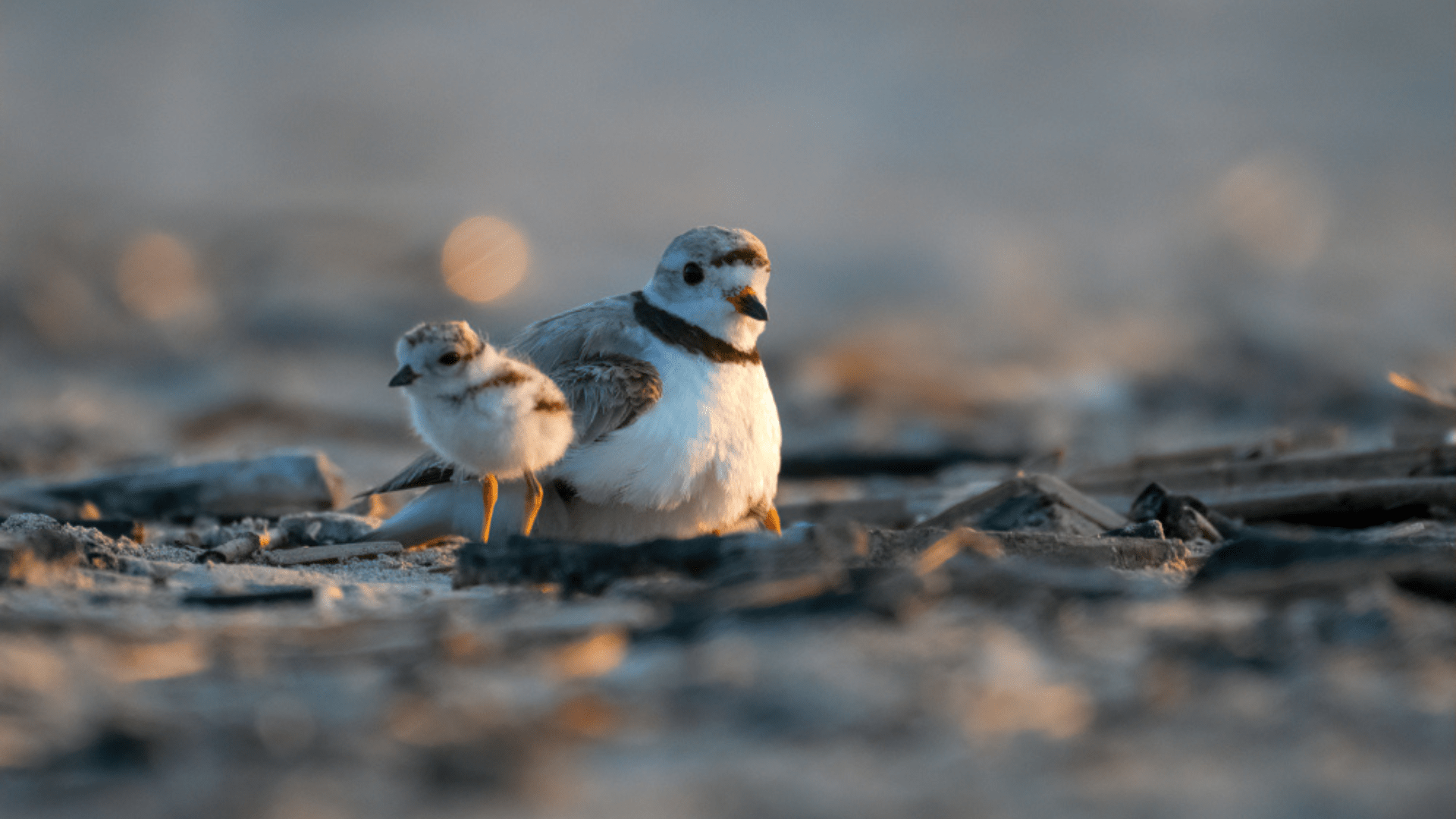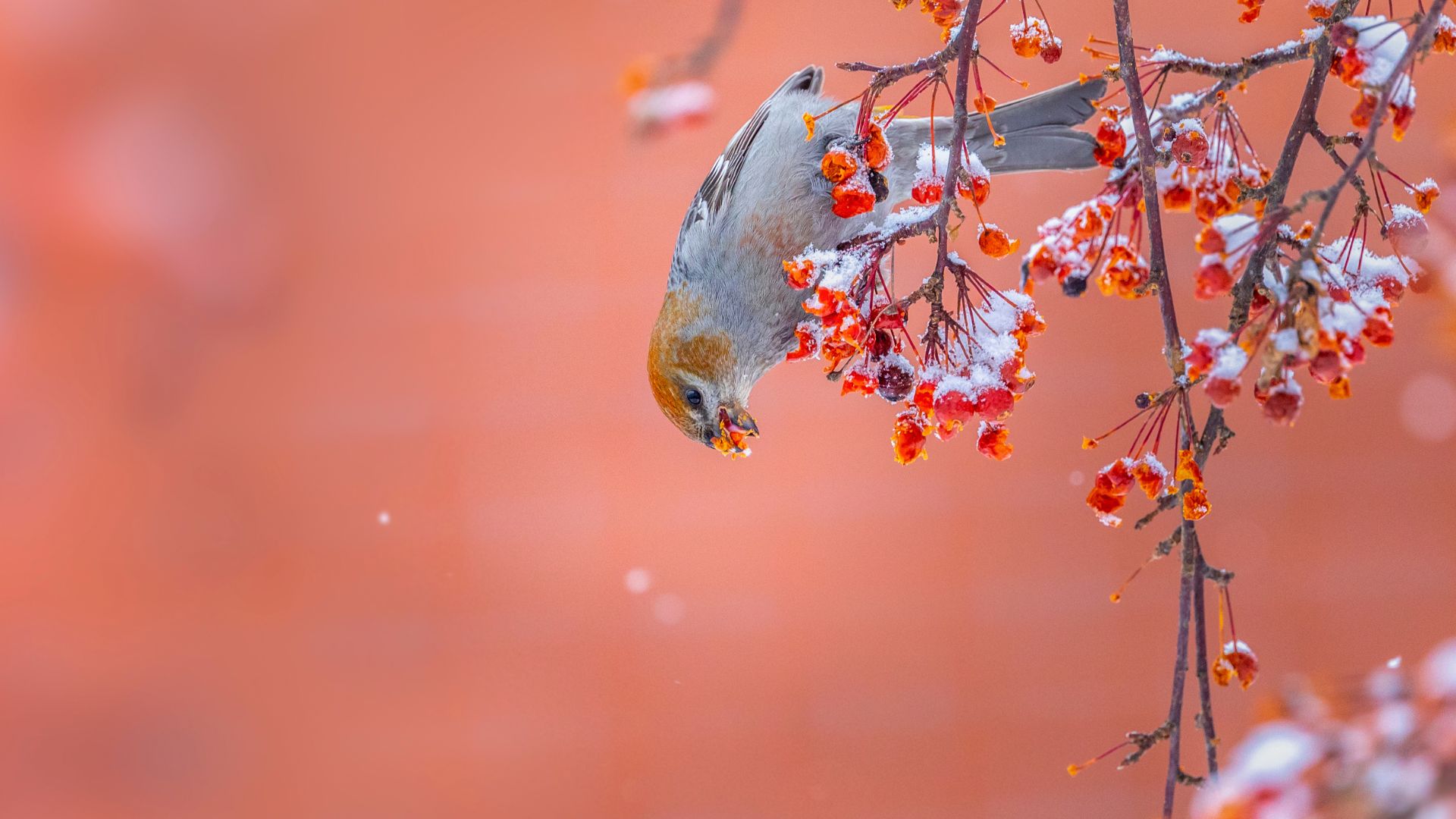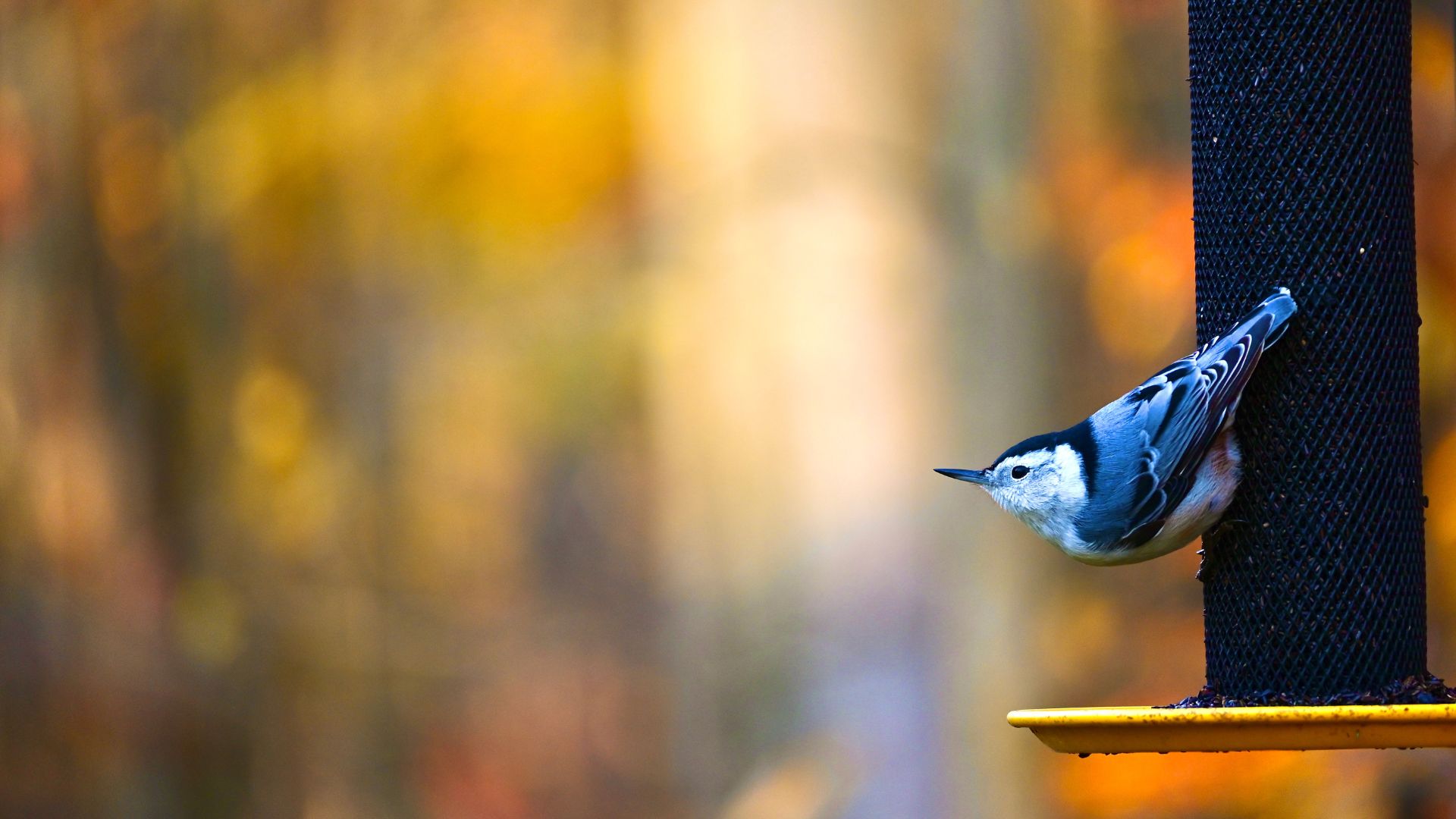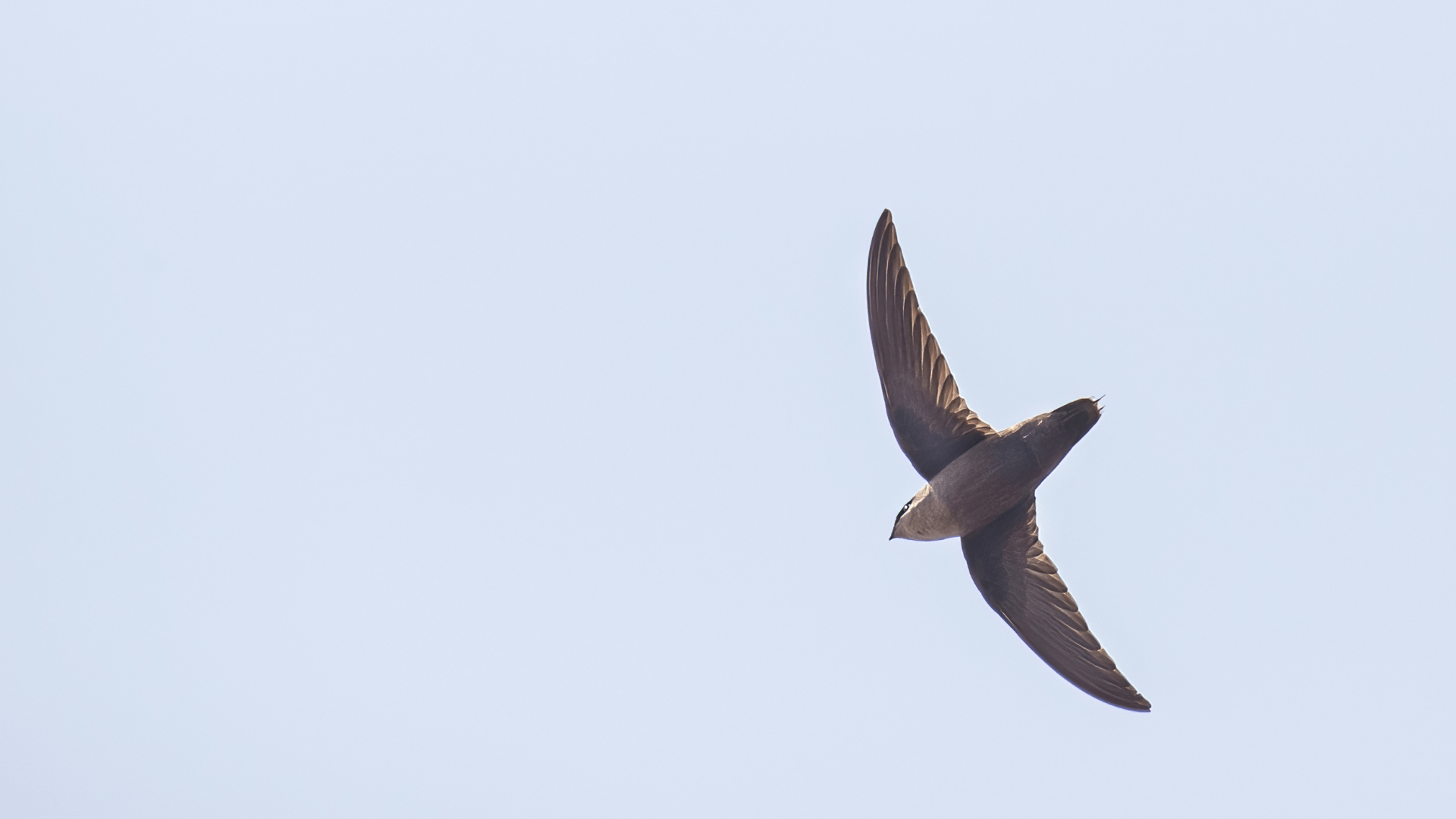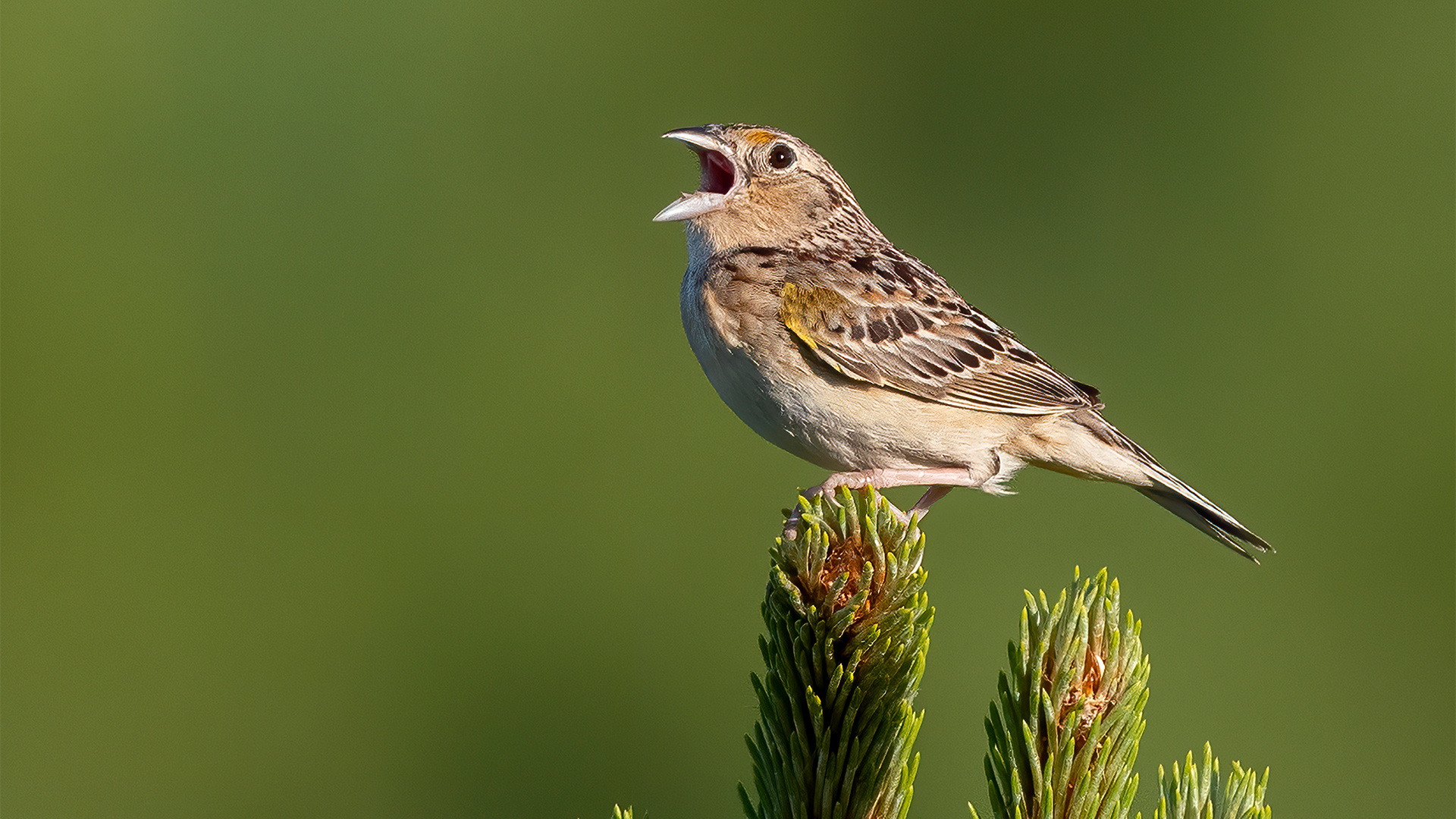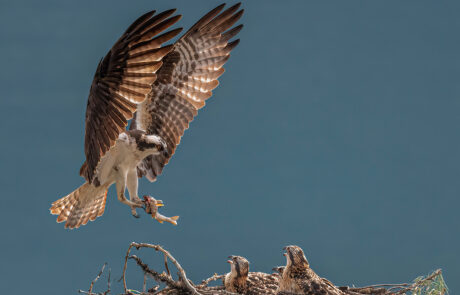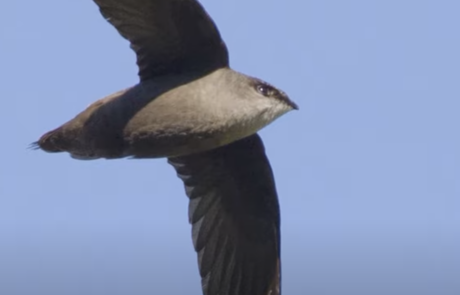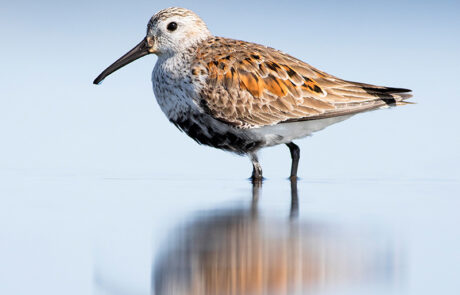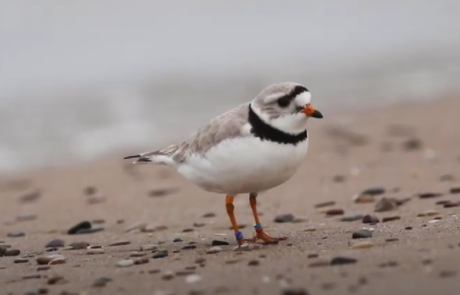We’ve covered why NatureCounts exists and what it does, but what actually is it? The NatureCounts platform is made up of seven different, but connected, pieces:
- The NatureCounts Website is where users can submit, access, and explore data. Dedicated portals for citizen science and research projects allow conservation practitioners to manage their programs and volunteers. Visit the website here.
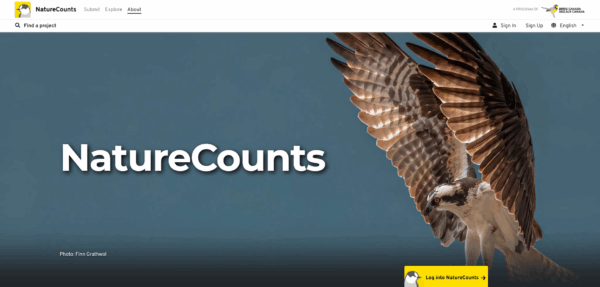
- The NatureCounts Mobile App allows citizen scientists and researchers to collect high quality wildlife monitoring data in a flexible, efficient, and user-friendly format. Learn more about the app here.

- The NatureCounts R Package allows R users to connect directly to the NatureCounts database to access data or complete analysis. Learn more about the R package here.

- The NatureCounts Data Exploration Tools make the extensive information in NatureCounts easy to visualize, query, understand, and access. Begin accessing data here.
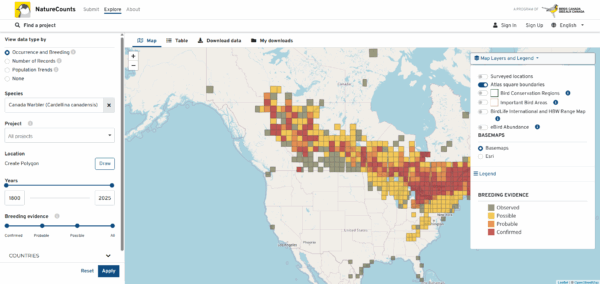
- Partnerships with dozens of organizations foster both data contributions and data use through access to the discoverable and secure NatureCounts repository.

- The State of Canada’s Birds Portal reports on the status of all regularly occurring birds in Canada through comprehensive, detailed species accounts and a dynamic summary report. View the State of Canada’s Birds here.
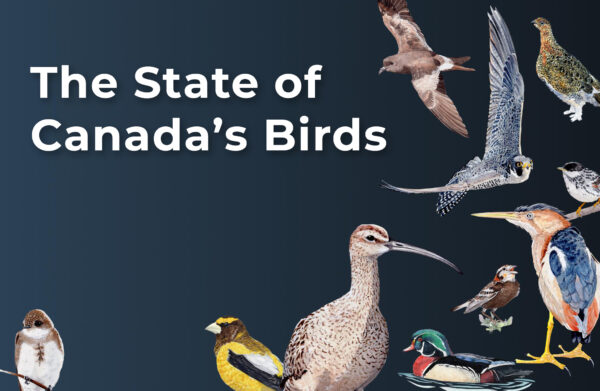
- Engagement and Education Resources like this one empower individuals to participate in monitoring programs, learn about birds, and use NatureCounts tools to have a positive impact for conservation. See the learning hub here.
These seven pieces work together to get the right data into the hands of the right people to make a difference for biodiversity and conservation.
Next section: Collecting Data


